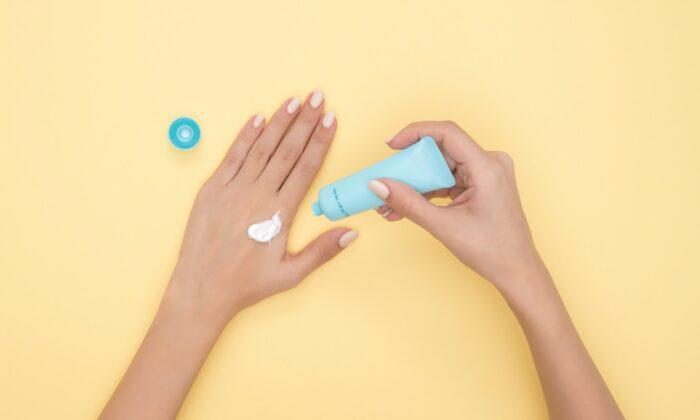How do you feel about the wrinkles around your eyes? Are you at peace with them, or are you looking to make a change? Since we’ve all been wearing masks, we started noticing the upper parts of our faces more. Do you notice drooping on your upper eyelids, hollowness or darkness underneath, or perhaps the dreaded crow’s feet? Let’s talk about what you can do to address eye wrinkles.
What Causes Eye Wrinkles?
The skin around our eyes is the thinnest on the body, so it’s easily creased by the movements of the orbicularis oculi muscles, circular muscles that allow us to open and close our eyes. Over time, the squeezing effects of these muscles form lines in the thin skin above that appear not just when we smile or make other facial expressions—but also at rest. These lingering lines are early warning signs.

Elastin, an important protein that allows the skin to stretch and return to its original shape, is also found less in the skin around the eyes simply because there isn’t as much skin there to begin with; thus, thin skin loses its snap more readily. Elastin loss is often a consequence of sun damage.
What should we do when we first start to notice changes suggesting that the skin around the eyes is not quite as perky as it once was?
Elastin and UV Protection
To begin with, preserve your elastin. The most important thing is to ensure that the skin around your eyes—an area that’s often missed when applying sunscreen—is protected against UVA rays. A quality pair of UV-blocking sunglasses that fit properly can do a lot to protect the delicate skin around your eyes from being ravaged by the sun.
A daily habit of sunscreen application is probably the most important step when it comes to preserving the quality of your skin. If you have sensitive eyes or skin, seek out mineral sunscreen, as it tends to be less irritating. Do your research to find a healthy product, because reliable sunscreen is indispensable, especially if it does double duty as a hydrator.
Collagen and Retinoids
Collagen replacement is another important consideration in the prevention and treatment of fine lines. Retinoids are animal-based vitamin A, and they’re the gold standard ingredients in this endeavor; however, the thin skin around the eyes is prone to sensitivity, so many people are afraid to apply retinoids there. Bunting thinks there’s no cause for concern as long as you respect your skin’s limits.
Bunting suggests applying retinoids once every three or four nights to begin with, starting slowly and building up your tolerance to get as close to daily application as you can. You can use a product dedicated to the skin around the eyes or dilute regular retinoid products by three or four times. Don’t fret or go overboard, though, if you can only handle the product on alternating days—be mindful of your limits.
When you set out on your retinoid journey, try applying your product of choice to thicker areas of your face first. By observing how your skin reacts, you can determine your tolerance for the product. If you experience any dryness or irritation, back off a bit by reducing the amount or frequency of application, diluting the product, or using moisturizer as a buffer. Once you find what works for you, move on to the skin around your eyes while continuing to refine your approach.
Moisturizers
There are many ways to coax your skin into increased retinoid tolerance, and when used as a diluting base layer or otherwise, moisturizer can be a great help. It thickens up the skin, making it more resistant to creasing and less prone to the lasting impressions of fine lines.
Moisturizer can temporarily plump up the skin and have a great short-term impact as well. With simple hydration, the surface of your skin is more vibrant and dark eye circles are less noticeable. Occlusive ingredients like shea and silicone lock in water for longer, so look for them in your eye-area moisturizer of choice.
Nutrition
An antioxidant-rich diet helps preserve collagen. Vivid, colorful foods including berries, dark leafy greens, and orange-toned fruits and vegetables like papayas and sweet potatoes tend to be full of antioxidants. Aside from eating antioxidants, applying them to the skin can also stimulate collagen production, with the combination of vitamin C in the morning and retinoids before bed being quite effective—products with skin peptides (amino acids) can be gentler alternatives for those with sensitive skin.
The other aspect of eating for healthy skin is hydration. We can support a healthy skin barrier by consuming nuts, flaxseed supplements, oily fish, avocados, and chia seeds. These are all foods rich in essential fatty acids that build healthy cell membranes, reducing transepidermal water loss and keeping the skin looking fresh.
If your eye lines and wrinkles bother you, the combination of skin care and lifestyle change can make a big difference. Incorporate these small steps—whichever you decide—into your daily routines and your goals are sure to be in sight.





